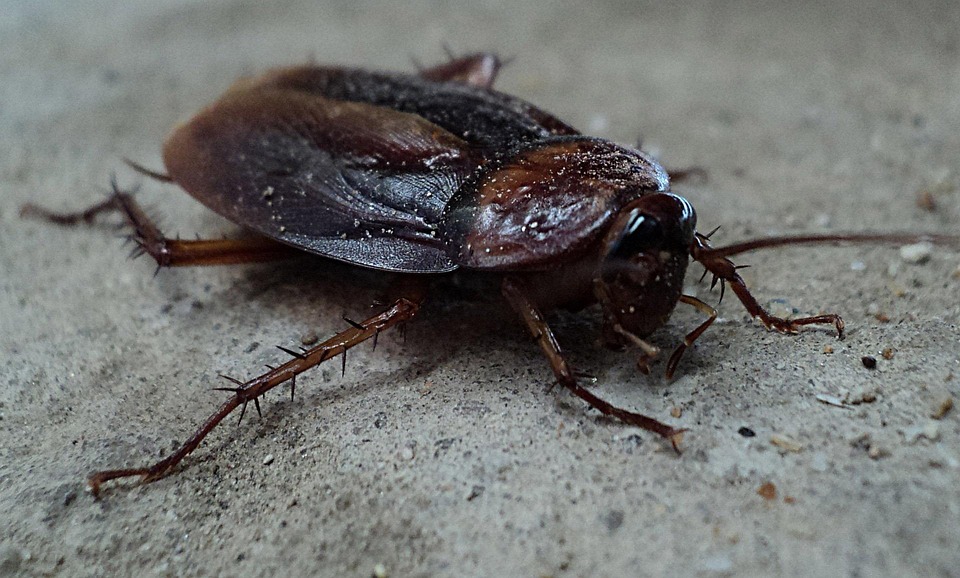Green Solutions: Harnessing the Power of Nature for Pest Control
In recent years, there has been a growing awareness of the harmful effects of chemical pesticides on our environment and health. As a result, many people are turning to green solutions for pest control. These solutions harness the power of nature to effectively manage pests without the use of harmful chemicals. In this article, we will explore some of the most effective green solutions for pest control and how they can help protect our environment and health.
Benefits of Green Solutions for Pest Control
There are many benefits to using green solutions for pest control. Some of the key benefits include:
- Environmentally friendly: Green solutions do not harm the environment like chemical pesticides do. They are safe for the soil, water, and air, and do not contribute to pollution or climate change.
- Healthier for humans and pets: Green solutions do not pose a risk to human health or the health of pets. They are safe to use around children and animals, and do not leave behind harmful residues.
- Effective pest control: Despite being natural, green solutions can be just as effective as chemical pesticides in controlling pests. They target pests specifically without harming beneficial insects or organisms.
- Sustainable: Green solutions promote sustainable pest management practices that can be maintained over the long term. They help to build healthy ecosystems that can naturally regulate pest populations.
Natural Pest Control Methods
There are many natural pest control methods that can be used to manage pests without the use of harmful chemicals. Some of the most effective methods include:
Biological Control
Biological control involves using natural predators, parasites, or pathogens to control pest populations. For example, introducing ladybugs to a garden can help control aphid populations, as ladybugs feed on aphids. This method is effective, environmentally friendly, and sustainable.
Trap Crops
Trap crops are plants that are grown to attract pests away from main crops. For example, planting marigolds around a vegetable garden can help attract pests like nematodes, protecting the main crops from damage. This method is simple, cost-effective, and does not require the use of chemicals.
Companion Planting
Companion planting involves planting different crops together to deter pests or attract beneficial insects. For example, planting basil next to tomatoes can help repel pests like aphids and whiteflies. This method promotes biodiversity and can help create a balanced ecosystem in the garden.
DIY Pest Control Recipes
There are many do-it-yourself pest control recipes that can be made using natural ingredients found in the home. These recipes are safe, effective, and easy to make. Some popular DIY pest control recipes include:
Garlic Spray
Garlic is a natural insect repellent that can help deter pests like aphids, caterpillars, and beetles. To make a garlic spray, blend several cloves of garlic with water and strain the mixture. Add a few drops of dish soap and spray it on plants to repel pests.
Neem Oil Spray
Neem oil is a natural insecticide that can help control a wide range of pests, including aphids, mites, and whiteflies. To make a neem oil spray, mix neem oil with water and a few drops of dish soap. Spray it on plants to kill pests on contact.
Diatomaceous Earth
Diatomaceous earth is a natural powder made from the fossilized remains of diatoms. It can be sprinkled around plants to control pests like ants, slugs, and beetles. Diatomaceous earth works by dehydrating insects and is safe to use around plants and pets.
FAQs About Green Pest Control
Are green solutions as effective as chemical pesticides?
Yes, green solutions can be just as effective as chemical pesticides in controlling pests. They target pests specifically without harming beneficial insects or organisms, making them a sustainable and environmentally friendly option.
Are green solutions safe for children and pets?
Yes, green solutions are safe for children and pets. They do not pose a risk to human health or the health of animals, and do not leave behind harmful residues that can be harmful if ingested.
Are green solutions more expensive than chemical pesticides?
Green solutions can be more cost-effective in the long run than chemical pesticides. While some green solutions may require initial investment, they promote sustainable pest management practices that can be maintained over time, reducing the need for costly chemical treatments.
Conclusion
Green solutions for pest control harness the power of nature to effectively manage pests without the use of harmful chemicals. These solutions are environmentally friendly, safe for humans and pets, and can be just as effective as chemical pesticides. By using natural pest control methods, DIY pest control recipes, and promoting sustainable pest management practices, we can protect our environment and health while effectively managing pest populations. Consider incorporating green solutions into your pest control routine to create a healthier and more sustainable environment for all.





















































